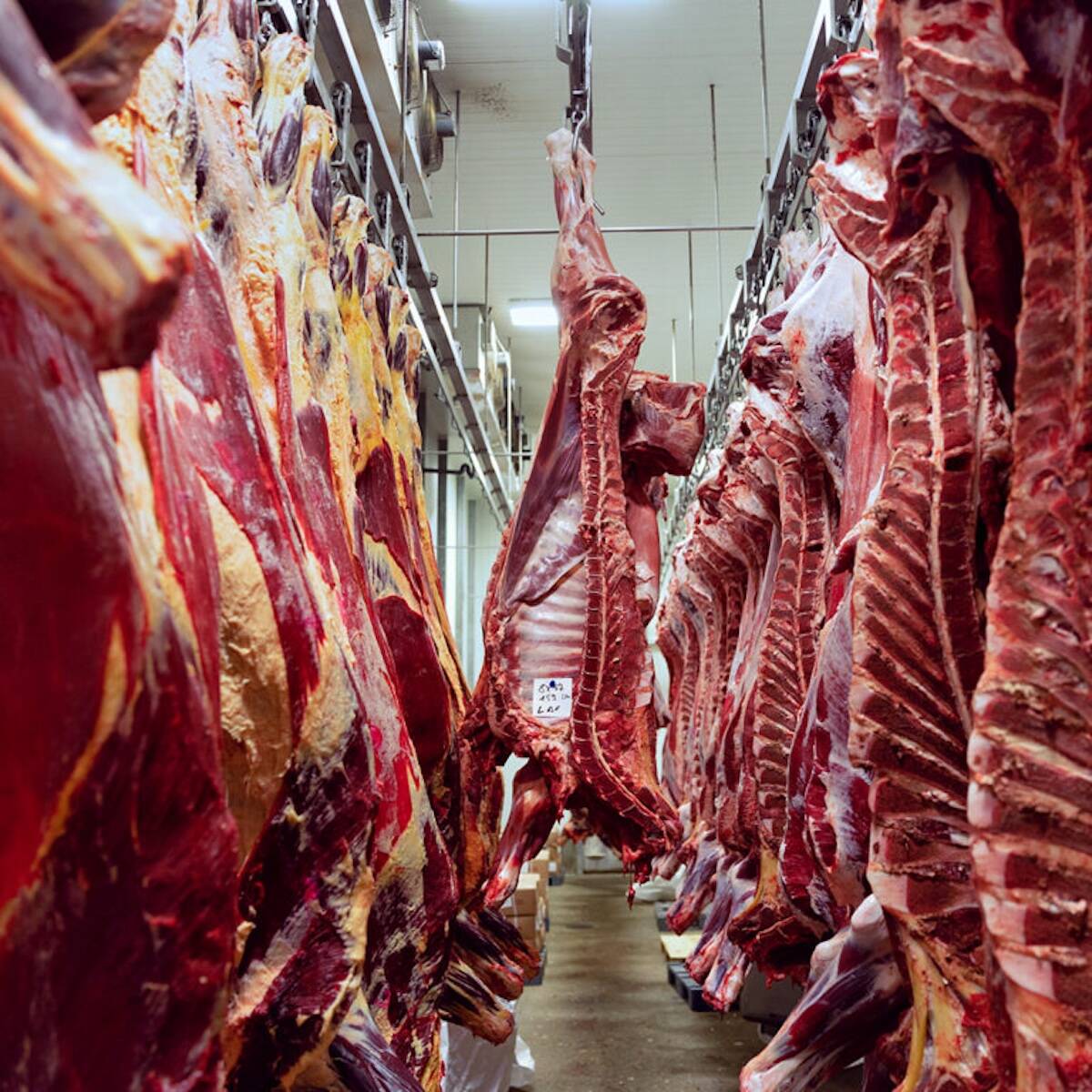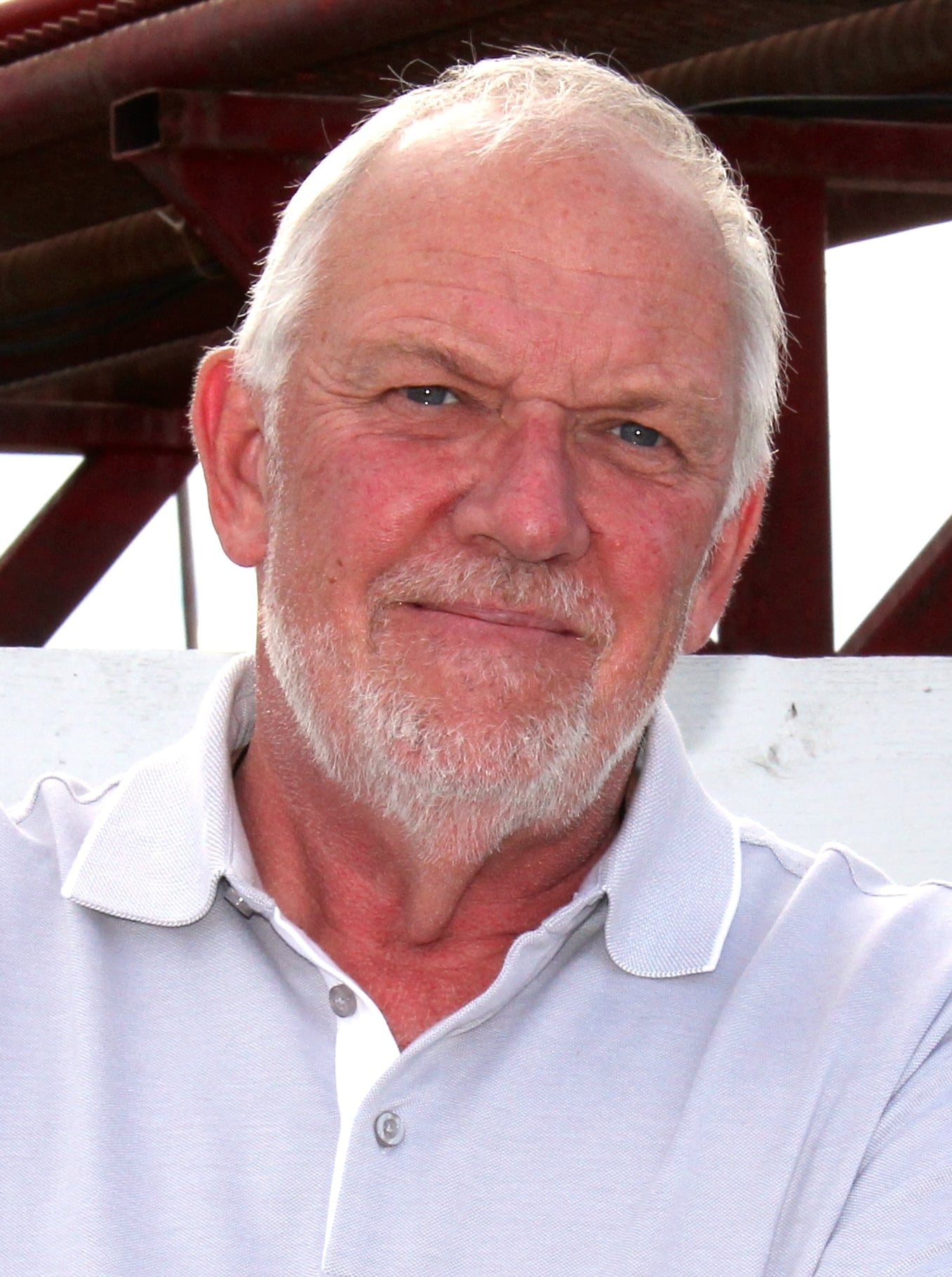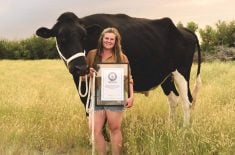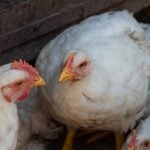I recently spent a day at a new agricultural conference held in Calgary called the Food Leadership Summit, and I am here to report that I am now a great deal smarter than I was before.
Okay, I really don’t know if I am any smarter than before this event. This conference brought together about 400 ag industry players ranging from primary producers to processors to educators, agricultural and environmental organizations and major food retailers. It was a very broad and interesting cross section of people and organizations involved in some aspect of the agriculture industry.
There were a few grain farmers and beef producers in the crowd while elsewhere in the main conference room were prominent food industry executives such as Galen Weston, chair of Loblaws, and Michael McCain, chair of Maple Leaf Foods.
Read Also

Farm Credit Canada thinks big about the future
Justine Hendricks, chief executive officer of Farm Credit Canada, says the corporation’s transformative strategy will yield real results for the industry.
Nutrien and Calgary Stampede were a couple of the main sponsors and partners of the food summit, along with some other familiar organizations and companies such as Alberta Grains, Pulse Canada, Farmers for Climate Solutions, the Canadian Federation of Agriculture, BASF, FCC and Olds College to name a few.
So what were they all gathered for? I’m not really sure. It was the first of what is expected to become an annual conference. GLOBE, which is a well-established event planner that organized the conference said “by connecting farmers, innovators, retailers, policymakers and investors in one space, we hoped to align on shared priorities and elevate the collective voice of Canada’s agriculture and food sector.”
I might not have described it in those terms, but again I was only there for part of a day. It certainly was an event that brought together a cross section of the agriculture industry. Along with keynote speakers, there were plenty of breakout sessions and roundtable discussions intended to provide people with ideas or inspiration to take home and change their lives or at least do things differently.
One farmer I spoke with after the conference described it as two days of a lot of buzzwords, and a chance for companies to track down programs, services and practices they could align with to make themselves look more “green.” He might have been a tad cynical, but not totally wrong.
The summit was certainly an opportunity for the various sectors of the agriculture industry to connect with one another. Who knows where that networking might lead to in terms or partnerships and alliances down the road.
Quebec meat processor
One unexpected encounter for me involved meeting with Indira Moudi, president and CEO of a small federally-inspected meat packing plant in southern Quebec. Moudi and business partner Guillaume Pham are both engineers by training with no direct experience in the meat packing business.

A few years ago they bought a third-generation meat processing facility — Viandes Lafrance — at Shawinigan. That’s a Quebec community on the north side of the St. Lawrence River about halfway between Montreal and Quebec City.
The founder of the business, Louis Lafrance started out in 1929, providing butchering and meat cutting services for farmers on their farms. He eventually opened an abattoir that expanded services and remained family owned for many years. In 2008, the business relocated to Shawinigan. However, with no option for family succession, the owners eventually sold the business to Moudi and Pham.
The federally-inspected slaughterhouse is the first facility to obtain multi-species accreditation from the Canadian Food Inspection Agency. The company is also HACCP (Hazard Analysis and Critical Control Point) and Halal certified. The HACCP certification means they have a food safety management system in place for identifying, controlling, and preventing food hazards.
They slaughter, process and sell wholesale sheep, cattle, veal, lamb, goat, bison, llama and other specialty livestock. Moudi said their business focus is on producing “responsible meat products.” They work with local Quebec producers who follow sound environmental practices and raise their livestock under humane production practices. Eventually they plan to sell branded meat products.
I thought it was an interesting story for a couple reasons. First, Moudi and Pham are a couple engineers who got out of their comfort zone and put their energy into learning to operate a well-established family business, with a commitment to carry on values of supporting local producers, providing good service and quality products.
And perhaps it’s a model for meat processing that could work in other parts of the country. Many times over the years I’ve talked to livestock producers who often cite business limitations include finding a qualified butcher or accessible abattoir, and/or not having access to a federally-inspected facility, which makes it possible to sell products outside their province.
What else did I learn on this memorable day? I had never been to the newly renovated and expanded BMO Centre at Stampede Park. Parking was good for a start. What a beautiful big building. If you want to get in your 10,000 steps a day indoors, it is a great place for that. Everything about the building following the half billion-dollar expansion is big. A 50,000 square foot ballroom, and at 70 feet tall, the world’s largest fireplace. And getting to this conference that was on an upper level involved a ride on what is described as the longest free-standing escalator in Canada at 110 feet. I was just extremely grateful it was an escalator and not stairs.
















